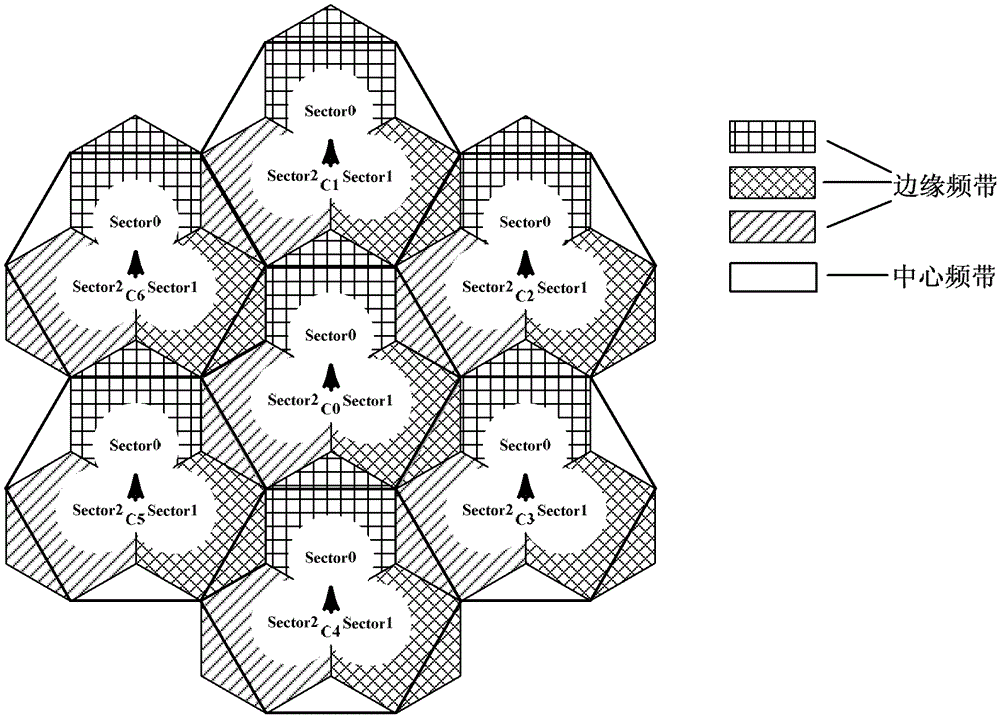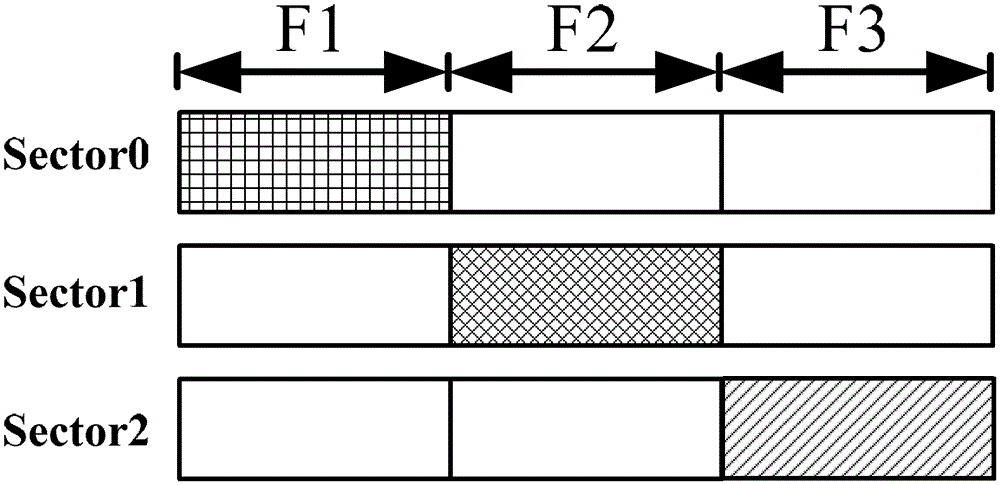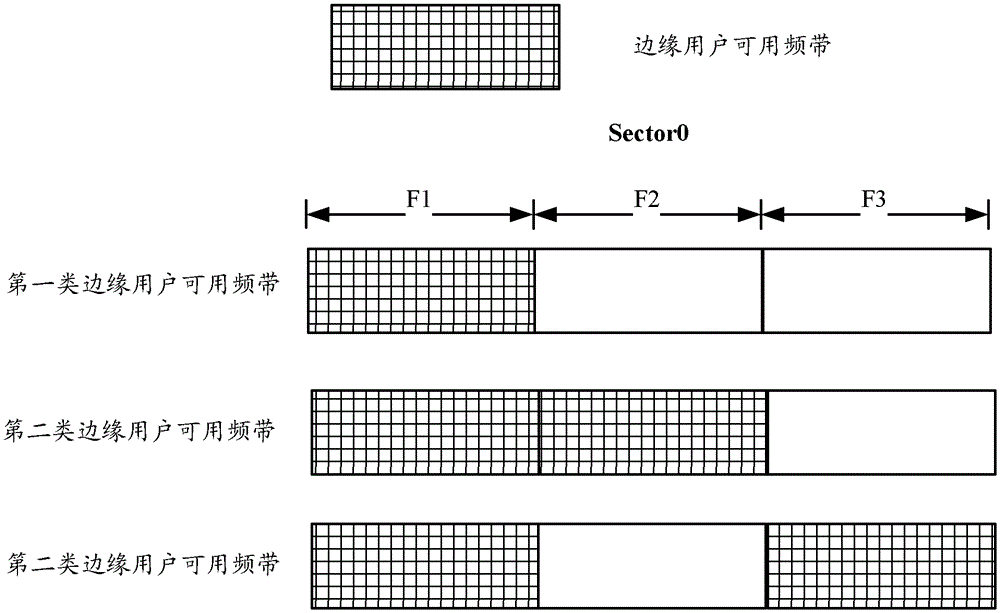A method for adjusting user resident subbands in a wireless communication system
A wireless communication system and a technology for resident subbands, which are applied in the directions of wireless communication, electrical components, etc., can solve the problems of high overhead of switching subband control signaling, unfavorable to reduce the number of user subband switching times, and increasing the number of subband switching times. , to reduce delay and control signaling overhead, improve interference coordination performance, and reduce the number of handovers
- Summary
- Abstract
- Description
- Claims
- Application Information
AI Technical Summary
Problems solved by technology
Method used
Image
Examples
Embodiment Construction
[0032] In order to make the object, technical solution and advantages of the present invention clearer, the present invention will be described in detail below through specific embodiments and with reference to the accompanying drawings.
[0033] The present invention separately adjusts the resident subbands of the first type of edge users and the second type of edge users among the edge users, and preferentially adjusts the first type of edge users residing on the prohibited subbands, ensuring that these users are in the edge frequency band. Prioritize camping on the network, and then adjust the second type of edge users camping on the forbidden subbands, so that all edge users try to camp on the user's available subbands, which can further improve the performance of interference coordination.
[0034] In the present invention, the user-prohibited subbands are defined as the subbands that cannot be scheduled by the user, and the user-available subbands are defined as the subband...
PUM
 Login to View More
Login to View More Abstract
Description
Claims
Application Information
 Login to View More
Login to View More - R&D
- Intellectual Property
- Life Sciences
- Materials
- Tech Scout
- Unparalleled Data Quality
- Higher Quality Content
- 60% Fewer Hallucinations
Browse by: Latest US Patents, China's latest patents, Technical Efficacy Thesaurus, Application Domain, Technology Topic, Popular Technical Reports.
© 2025 PatSnap. All rights reserved.Legal|Privacy policy|Modern Slavery Act Transparency Statement|Sitemap|About US| Contact US: help@patsnap.com



